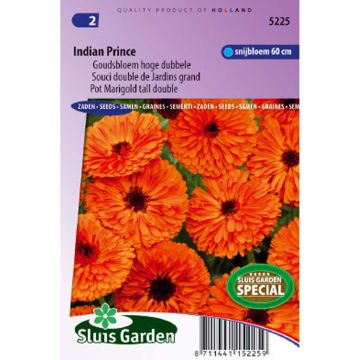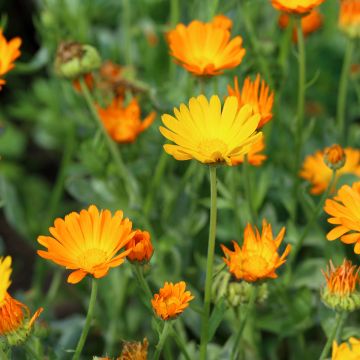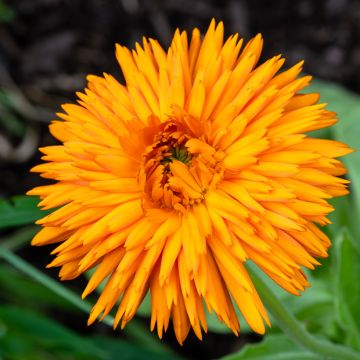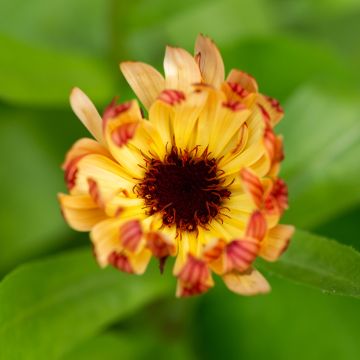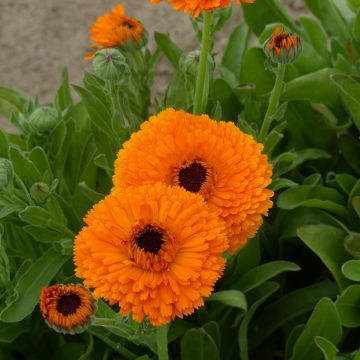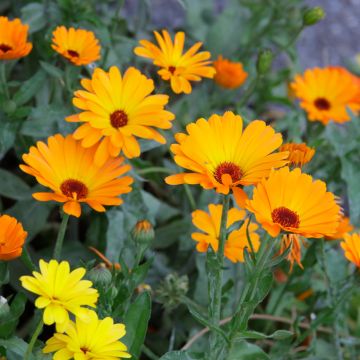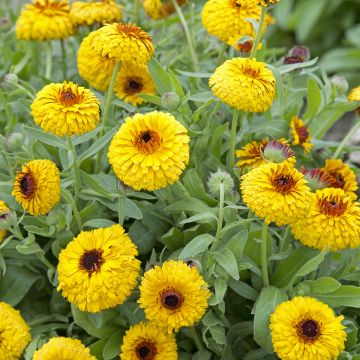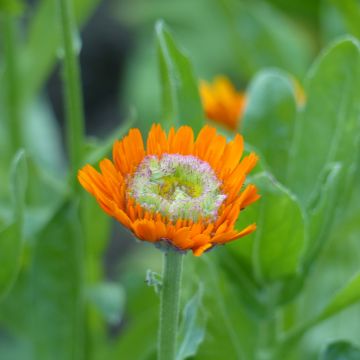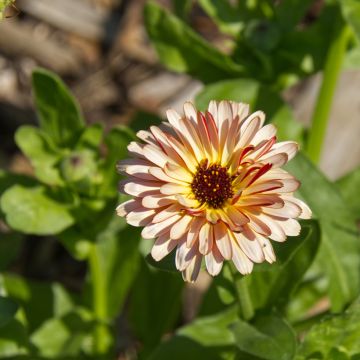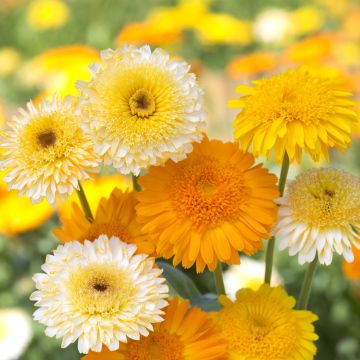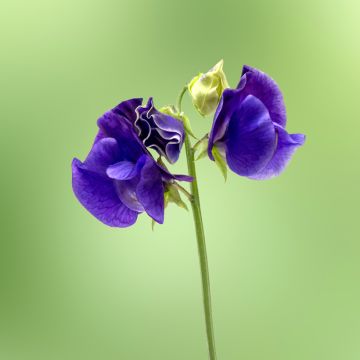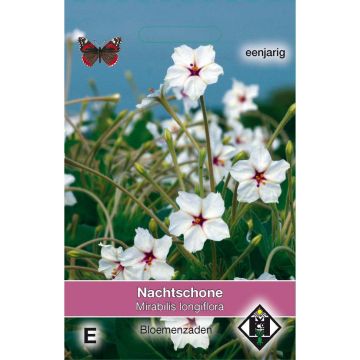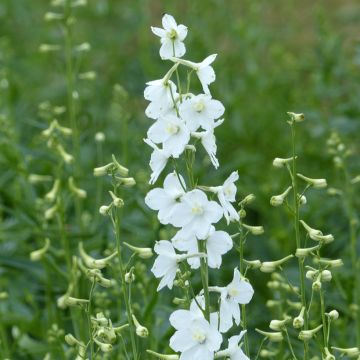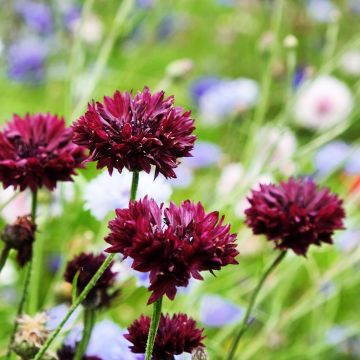Shipping country and language
Your country of residence may be:
Your country of residence is:
For a better user experience on our website, you can select:
Your shipping country:
-
Andorra
-
Austria
-
Belgium
-
Bulgaria
-
Canada
-
Chile
-
Croatia
-
Cyprus
-
Czechia
-
Denmark
-
Estonia
-
Finland
-
France
-
Germany
-
Greece
-
Hungary
-
Iceland
-
Ireland
-
Italy
-
Latvia
-
Lithuania
-
Luxembourg
-
Malta
-
Monaco
-
Netherlands
-
Poland
-
Portugal
-
Romania
-
Slovakia
-
Slovenia
-
Spain
-
Sweden
-
Switzerland
-
United Kingdom
We only deliver seed and bulb products to your country. If you add other products to your basket, they cannot be shipped.
Language:
-
French
-
German
-
Spanish
-
English
-
Italian
My Account
Hello
My wish lists
Log in / Register
Existing customer?
New customer?
Create an account to track your orders, access our customer service and, if you wish, make the most of our upcoming offers.
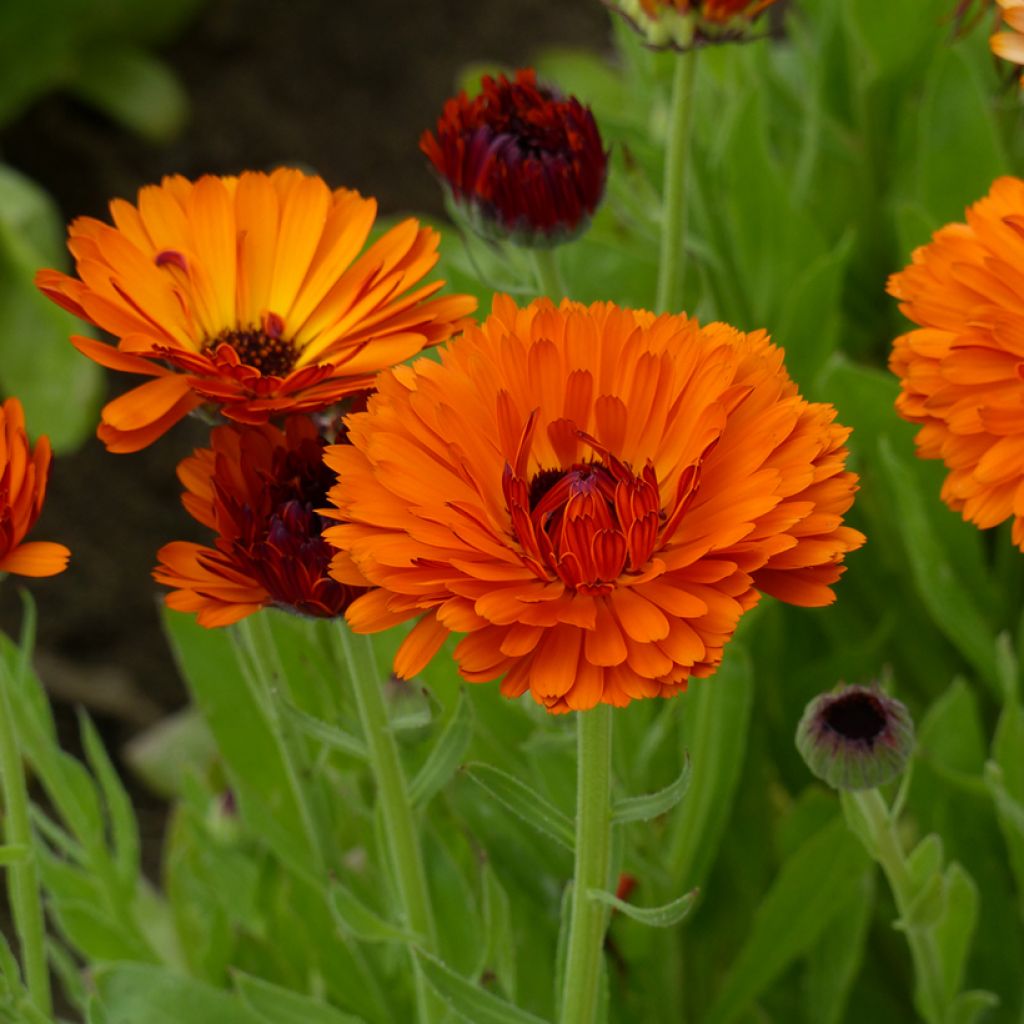

Calendula officinalis Indian Prince (Prince Series) seeds - Marigold
Calendula officinalis Indian Prince (Prince Series) seeds - Marigold
Calendula officinalis Indian Prince (Prince Series)
Pot Marigold, Common Marigold, Scotch Marigold
Order in the next for dispatch today!
Dispatch by letter from €3.90.
Delivery charge from €5.90 Oversize package delivery charge from €6.90.
More information
This item is not available in your country.
Schedule delivery date,
and select date in basket
This plant carries a 6 months recovery warranty
More information
We guarantee the quality of our plants for a full growing cycle, and will replace at our expense any plant that fails to recover under normal climatic and planting conditions.
Seed-only orders are dispatched by sealed envelope. The delivery charge for seed-only orders is €3.90.
Does this plant fit my garden?
Set up your Plantfit profile →
Description
The 'Indian Prince' Organic Marigold is a bicolour Calendula officinalis, adding beautiful texture to its flower. The flower is a vibrant orange with a mahogany reverse, which brings a lot of depth, just like the numerous ligules that make up this semi-double flower. Carried by long stems, the flowers are centred around a small brown heart. The plant forms a medium-sized and uniform clump. Grow it in flower beds or in the vegetable garden for its qualities as a companion plant where it repels whiteflies and aphids. Easy to grow in any prepared soil, it thrives in full sun. Seeds from Organic Agriculture.
Listed in gardens since the 12th century, Calendula officinalis has virtues used in many fields. It is first and foremost a dye plant that is used as a pigment. But it is also used in cosmetics, pharmacology, and homoeopathy for its soothing, astringent, healing, anti-inflammatory, and hepatic properties, among others. Finally, its nickname Faux Saffron comes from its culinary use. The Marigold is a great substitute for this spice, colouring rice-based dishes, as well as stews, soups, and herbal teas. Raw, it flavours cheeses, salads, and even butter. Moreover, it has long been established in the vegetable garden as an ally to other edibles, as it repels nematodes and attracts many pollinating insects.
Its upright, slightly spreading habit is composed of brittle, branching stems that give it a rather bushy appearance. The Marigold naturally finds its place in flower beds and in pots, alone or in groups but protect it from strong winds. Its lanceolate leaves are velvety and very aromatic when crushed. Their green colour forms a backdrop to the nostalgic hues of its flowers. Their long semi-double to double petals, which are actually ligulate flowers, surround a dark and warm central disc, adding a lovely touch to the garden as they open and close under the sun all summer long. This period will be extended if you have a mild climate during the autumn. In addition, Marigold seeds spread easily in various ways: by the wind, by falling to the ground, but also by clinging to clothing and animal fur, as these small crescents are barbed. They self-sow quite spontaneously, as their germination is not hindered by the cold. Calendula officinalis is content with all types of soil, as long as it is in the sun for a good part of the day.
The 'Indian Prince' Marigold is a reliable choice in the garden for creating a flowery border or filling a pot on the sunny terrace. It quickly reaches a height of 60 cm and a width of 40 cm. It is a perfect companion for colourful Dahlias and swaying ornamental grasses. Foliage plants like Artemisias or silver-leaved Stachys complement it, as well as flowers with well-drained soil such as Sages, roses, or annual Love-in-a-Mist in a perfect orange and blue duo. The Marigold is also an edible flower, to be enjoyed in moderation, which can be used in salads, soups, or desserts. Some say its flavour resembles that of pepper.
Report an error about the product description
Flowering
Foliage
Plant habit
Botanical data
Calendula
officinalis
Indian Prince (Prince Series)
Asteraceae
Pot Marigold, Common Marigold, Scotch Marigold
Cultivar or hybrid
Other Marigold seeds
Planting and care
Pot marigolds can be sown directly in place as early as March in mild regions. If you are in a cold region, wait until the end of heavy frosts, as the seeds prefer temperatures close to 20°C. Loosen the soil a little and choose a sunny location. Sow the seeds by broadcasting, cover with 1 or 2 mm of soil and lightly water. They will germinate between 5 and 10 days and can be thinned out if necessary, spacing them 30 cm apart.
However, you can sow as early as September in pots kept under cover until spring. You can then transplant the seedlings as early as March to containers or in the ground to benefit from some earlier flowers
Sowing period
Intended location
This item has not been reviewed yet - be the first to leave a review about it.
Flower seeds
Haven't found what you were looking for?
Hardiness is the lowest winter temperature a plant can endure without suffering serious damage or even dying. However, hardiness is affected by location (a sheltered area, such as a patio), protection (winter cover) and soil type (hardiness is improved by well-drained soil).

Photo Sharing Terms & Conditions
In order to encourage gardeners to interact and share their experiences, Promesse de fleurs offers various media enabling content to be uploaded onto its Site - in particular via the ‘Photo sharing’ module.
The User agrees to refrain from:
- Posting any content that is illegal, prejudicial, insulting, racist, inciteful to hatred, revisionist, contrary to public decency, that infringes on privacy or on the privacy rights of third parties, in particular the publicity rights of persons and goods, intellectual property rights, or the right to privacy.
- Submitting content on behalf of a third party;
- Impersonate the identity of a third party and/or publish any personal information about a third party;
In general, the User undertakes to refrain from any unethical behaviour.
All Content (in particular text, comments, files, images, photos, videos, creative works, etc.), which may be subject to property or intellectual property rights, image or other private rights, shall remain the property of the User, subject to the limited rights granted by the terms of the licence granted by Promesse de fleurs as stated below. Users are at liberty to publish or not to publish such Content on the Site, notably via the ‘Photo Sharing’ facility, and accept that this Content shall be made public and freely accessible, notably on the Internet.
Users further acknowledge, undertake to have ,and guarantee that they hold all necessary rights and permissions to publish such material on the Site, in particular with regard to the legislation in force pertaining to any privacy, property, intellectual property, image, or contractual rights, or rights of any other nature. By publishing such Content on the Site, Users acknowledge accepting full liability as publishers of the Content within the meaning of the law, and grant Promesse de fleurs, free of charge, an inclusive, worldwide licence for the said Content for the entire duration of its publication, including all reproduction, representation, up/downloading, displaying, performing, transmission, and storage rights.
Users also grant permission for their name to be linked to the Content and accept that this link may not always be made available.
By engaging in posting material, Users consent to their Content becoming automatically accessible on the Internet, in particular on other sites and/or blogs and/or web pages of the Promesse de fleurs site, including in particular social pages and the Promesse de fleurs catalogue.
Users may secure the removal of entrusted content free of charge by issuing a simple request via our contact form.
The flowering period indicated on our website applies to countries and regions located in USDA zone 8 (France, the United Kingdom, Ireland, the Netherlands, etc.)
It will vary according to where you live:
- In zones 9 to 10 (Italy, Spain, Greece, etc.), flowering will occur about 2 to 4 weeks earlier.
- In zones 6 to 7 (Germany, Poland, Slovenia, and lower mountainous regions), flowering will be delayed by 2 to 3 weeks.
- In zone 5 (Central Europe, Scandinavia), blooming will be delayed by 3 to 5 weeks.
In temperate climates, pruning of spring-flowering shrubs (forsythia, spireas, etc.) should be done just after flowering.
Pruning of summer-flowering shrubs (Indian Lilac, Perovskia, etc.) can be done in winter or spring.
In cold regions as well as with frost-sensitive plants, avoid pruning too early when severe frosts may still occur.
The planting period indicated on our website applies to countries and regions located in USDA zone 8 (France, United Kingdom, Ireland, Netherlands).
It will vary according to where you live:
- In Mediterranean zones (Marseille, Madrid, Milan, etc.), autumn and winter are the best planting periods.
- In continental zones (Strasbourg, Munich, Vienna, etc.), delay planting by 2 to 3 weeks in spring and bring it forward by 2 to 4 weeks in autumn.
- In mountainous regions (the Alps, Pyrenees, Carpathians, etc.), it is best to plant in late spring (May-June) or late summer (August-September).
The harvesting period indicated on our website applies to countries and regions in USDA zone 8 (France, England, Ireland, the Netherlands).
In colder areas (Scandinavia, Poland, Austria...) fruit and vegetable harvests are likely to be delayed by 3-4 weeks.
In warmer areas (Italy, Spain, Greece, etc.), harvesting will probably take place earlier, depending on weather conditions.
The sowing periods indicated on our website apply to countries and regions within USDA Zone 8 (France, UK, Ireland, Netherlands).
In colder areas (Scandinavia, Poland, Austria...), delay any outdoor sowing by 3-4 weeks, or sow under glass.
In warmer climes (Italy, Spain, Greece, etc.), bring outdoor sowing forward by a few weeks.
